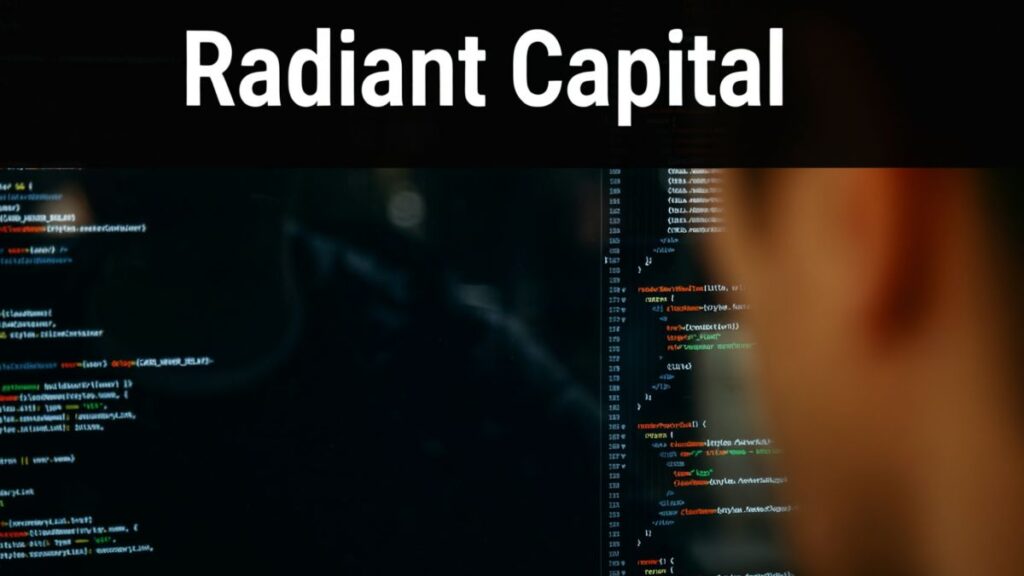TL;DR
- Radiant Capital’s hacker moved 5,411.8 ETH ($20.7 million) to Tornado Cash, marking another laundering attempt a year after the breach.
- The 2024 hack drained $51 million from Radiant’s pools on Arbitrum and BNB Chain, later linked to North Korean cyber groups.
- Earlier transfers included 5,933 ETH and 3,091 ETH swapped for DAI, showing a pattern of fragmented laundering across networks.
Radiant Capital’s hacker moved 5,411.8 ETH to a mixing service on October 31, 2025, security firm PeckShield reported. PeckShield flagged the deposit to Tornado Cash as part of ongoing laundering activity linked to the October 2024 breach.
On October 16, 2024, Radiant Capital suffered a $51 million loss across Arbitrum and BNB Chain pools after an exploit. Investigators traced multiple fund movements to a single wallet, 0x0fa503e4…2e748ef9e, which sent funds in varied batches of 0.1, 1, 10 and 100 ETH.
#PeckShieldAlert #RadiantCapital Exploiter deposited 5,411.8 $ETH (worth ~$20.7M) into #TornadoCash. pic.twitter.com/Ouqiue0soF
— PeckShieldAlert (@PeckShieldAlert) October 31, 2025
Movement pattern and prior transfers
The recent transfer follows earlier conversions and mixer deposits made in September and August 2025. On September 11, 2025 the suspected attacker moved about 5,933 ETH to a mixer, and on August 12, 2025 the actor swapped 3,091 ETH for DAI stablecoins. Analysts record a pattern of breaking large holdings into smaller tranches before routing funds through bridges and mixers.

Security firms and onchain analysts have linked several large thefts to state-associated groups. Elliptic reported North Korea-associated actors stole more than $2 billion in crypto during 2025, contributing to a cumulative total exceeding $6 billion. Radiant requested assistance from law enforcement, including the FBI, after the initial exploit.
Market reaction to the October 31 movement proved muted while ETH traded near $3,832 at the time of reporting. Ethereum had declined about 1.5 percent in the past 24 hours and 3.2 percent over the prior week, figures reflect short-term market shifts rather than long-term valuation changes.









